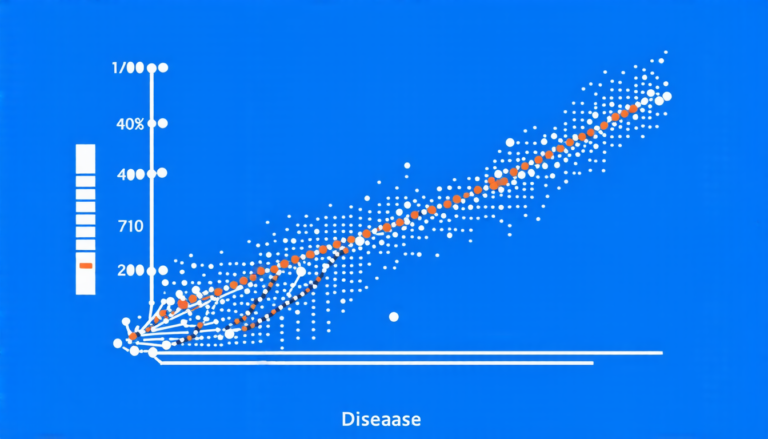Wednesday 16 April 2025
The concept of chain recurrence has been a staple in the field of dynamical systems, describing how certain behaviors emerge in complex systems. But what happens when we introduce errors and imperfections into these systems? A recent study explores this question by introducing the notion of coarse chain recurrence and Morse graphs with finite errors.
In traditional chain recurrence, a point is said to be recurrent if it returns to its original state over time. However, real-world systems rarely operate in idealized environments; they’re often subject to noise, perturbations, and other sources of error. Coarse chain recurrence takes this into account by allowing for small deviations from the ideal behavior.
The study introduces two new concepts: coarse chain recurrence and Morse graphs with finite errors. The former describes how points can return to their original state even when there are small errors in the system. The latter is a graphical representation of these recurring patterns, similar to a flowchart that shows how different states interact with each other.
One of the key findings is that coarse chain recurrence can occur in systems where traditional chain recurrence does not. This means that certain behaviors can emerge even in the presence of errors and imperfections. Additionally, the study shows that Morse graphs with finite errors can be used to analyze these recurring patterns and gain insights into the underlying dynamics.
The researchers also explore how these concepts can be applied to real-world systems. For example, they consider the behavior of a circular flow, where points move in a continuous loop. By introducing small errors, they show how coarse chain recurrence can occur even when traditional chain recurrence does not.
This study has significant implications for our understanding of complex systems and their behavior. By accounting for errors and imperfections, we can gain a more nuanced understanding of how these systems operate and make predictions about their behavior. Additionally, the concepts introduced here can be applied to a wide range of fields, from physics and engineering to biology and ecology.
The authors’ work provides a new framework for analyzing complex systems, one that takes into account the imperfections and uncertainties that are inherent in real-world systems. By embracing these imperfections rather than trying to ignore them, we can gain a deeper understanding of how these systems function and make more accurate predictions about their behavior.
Cite this article: “Unraveling the Mysteries of Chain Recurrence in Dynamical Systems: A Study on Morse Graphs and Finite Errors”, The Science Archive, 2025.
Dynamical Systems, Chain Recurrence, Coarse Chain Recurrence, Morse Graphs, Finite Errors, Complex Systems, Noise, Perturbations, Errors, Imperfections.







